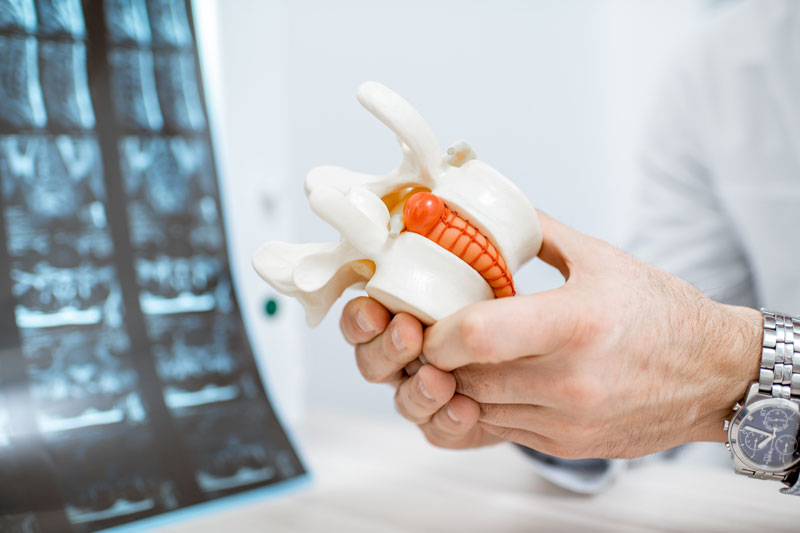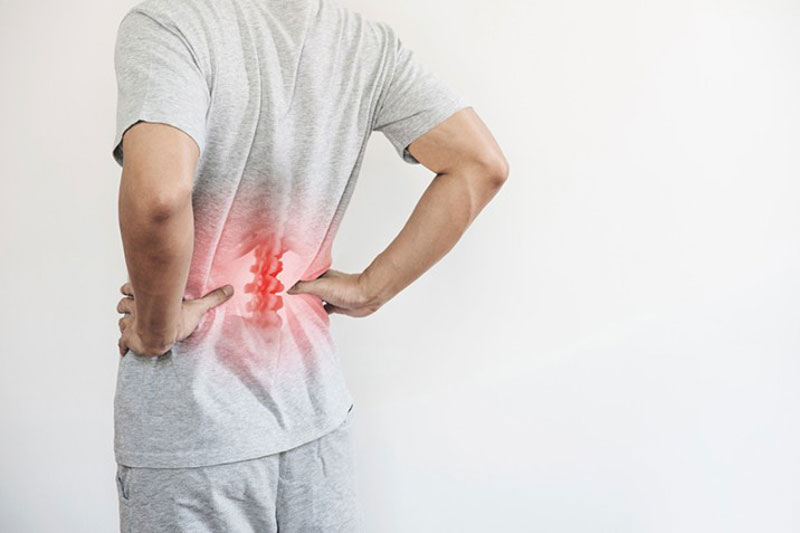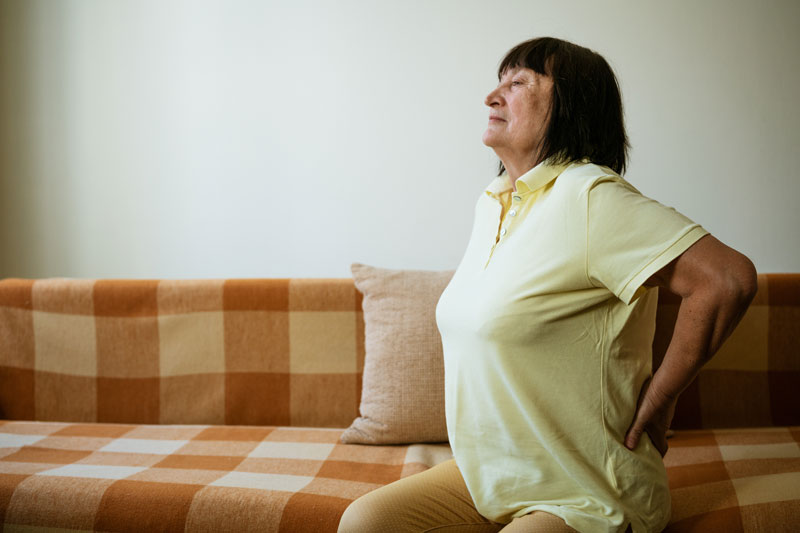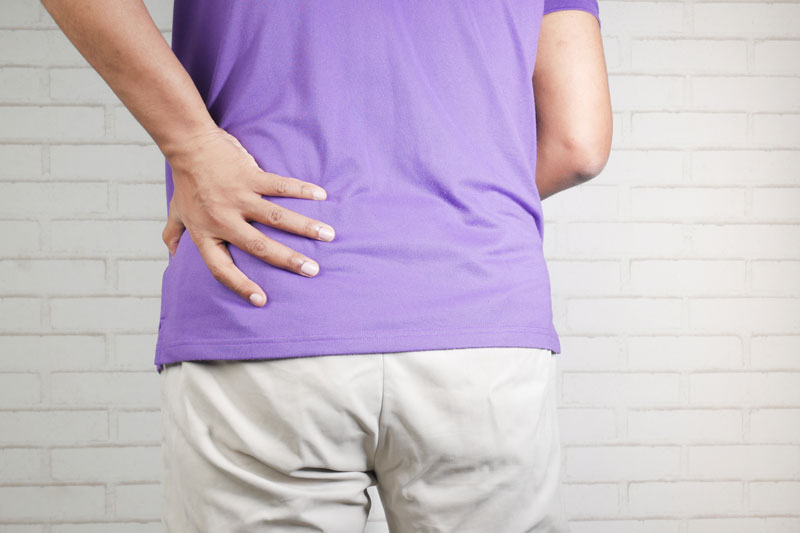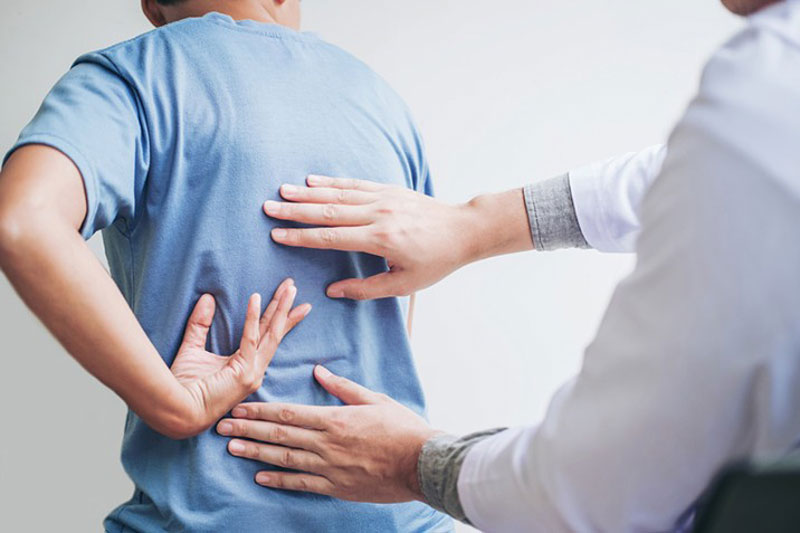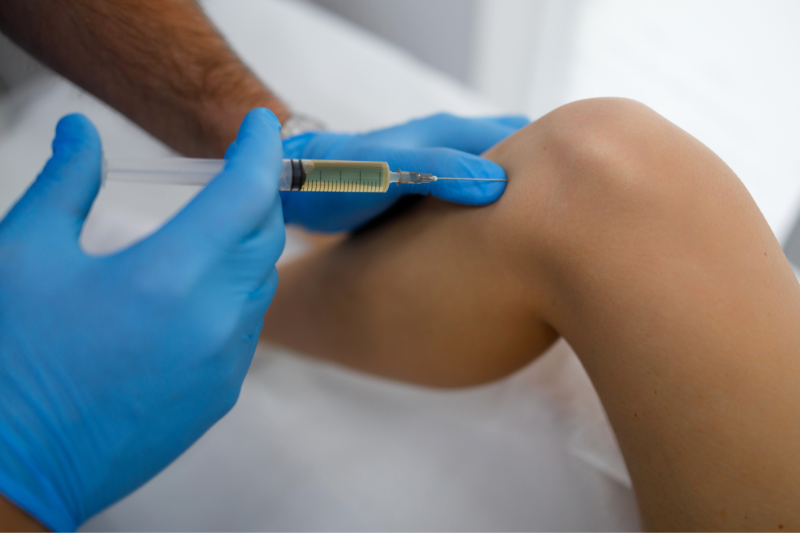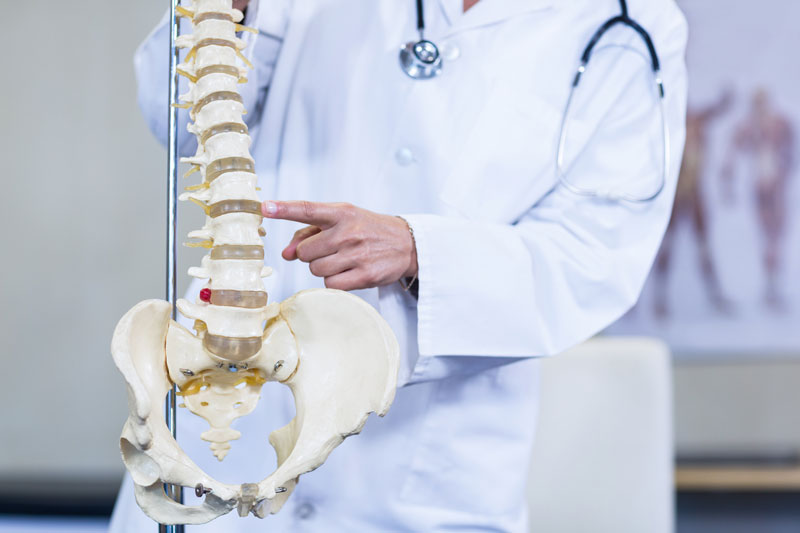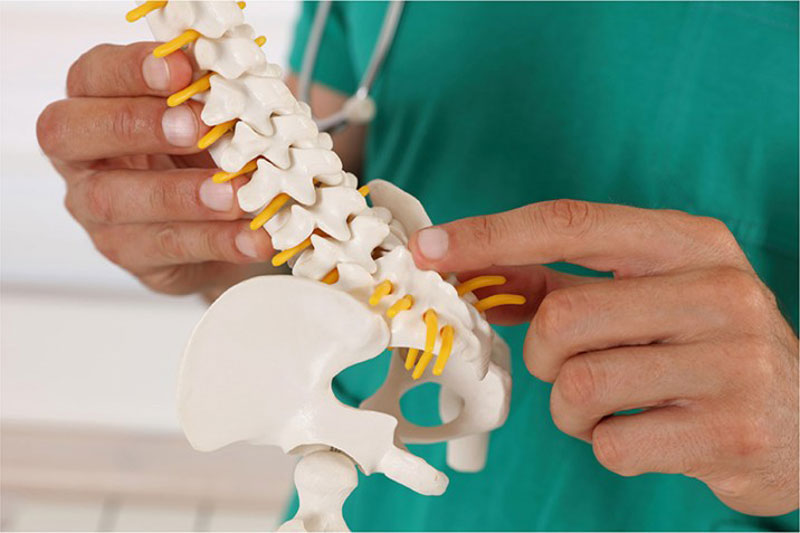What Is Perineum Pain?
Perineum pain refers to painful symptoms that occur in the perineal area. In some cases, it is referred to as the central tendon of the perineum. The tendon itself is located at the center of the patient’s perineum.
The tendon is made from fibro-muscular tissue. In men, a deep, transverse perineal muscle is also found in the region.
The pelvic floor separates the perineum from the pelvic cavity. This area is responsible for providing support to the gastrointestinal system. It also helps the urogenital system function normally.
The perineum has a role in various functions of the body. This includes defecation, urination, and sexual intercourse. In women, the perineum is also a contributing factor in childbirth.
Due to the trauma placed on the perineal area in women following childbirth, perineum pain is most common in women during this process. Up to 42% of women experience perineal pain after childbirth, which may remain present for up to 10 days.
Although more common in women, men can experience perineum pain too. There are cases where an appointment with a doctor would be advised, because some causes may be more serious.
What Causes Perineum Pain?
The perineum is a part of the body present in both men and women. The specific location is similar in both sexes.
In men, the perineum is located just behind the scrotum and extends toward the anus.
In women, it starts at the front region where the vulva is found and extends to the anus, similar to how it does in men.
There may be other symptoms in addition to the perineum pain. Some people may experience chronic pelvic pain in addition to symptoms at their perineum. Several potential causes may be behind such symptoms.
There are many reasons why perineum pain can occur. It is essential that patients understand all of these causes. Any accompanying symptoms that may signal a specific cause should be taken note of too.
In women, perineum pain is mostly caused by a tear that develops during childbirth. Doctors may make a small cut in the perineum , allowing the vaginal opening to expand and avoiding possible tearing, called an episiotomy. This procedure will also cause painful symptoms that are usually relatively short-lived.
In men, there are several possible reasons to be concerned. Sometimes, however, the cause may only be temporary and not harmful.
Some causes associated with perineum pain are:
Perineum Trauma
Trauma can lead to a perineal injury.
If a patient falls, it is possible that they can hurt the perineum, causing it to become bruised and painful. In addition to a possible skin injury, the muscles in the area may be damaged as well and scar tissue may also develop.
This pain will generally be temporary and there should be a reduction in symptoms after a few days.
Diabetes
Diabetes is known to cause nerve damage. Nerves throughout the body can be affected by the disease. This includes nerves that are located in the perineal region of the patient’s body.
Nerve entrapment may cause a pain syndrome to develop in the perineum too. In such cases, the patient can experience pelvic and perineal pain at the same time.
Pelvic Floor Dysfunction
The pelvic floor is an integral part of the pelvis. This is a group of muscles that sits at the bottom of the pelvis. These muscles support several organs that are located in the pelvic region of the human body. The urinary bladder is just one of the organs that the pelvic floor muscles support.
These muscles can sometimes become dysfunctional resulting in a condition referred to as pelvic floor dysfunction. Different factors can contribute to pelvic floor dysfunction.
One example would be a tightening of the muscles in the pelvic floor area leading to tension in the area. Pain in the perineum and perineal pressure may occur when the pelvic floor muscles are too tight.
In other cases, the pelvic floor muscles can become weak leading to problems like urinary incontinence. The muscles weaken to the point where they are unable to provide effective support for the urinary bladder. The weakening of these muscles can also lead to pain in the perineal region.
Prostatitis
Men should take note that prostatitis, an inflammation affecting the prostate gland, is another possible cause of perineal pain. In some cases, the inflammation is caused by the presence of an infection. This is a relatively common condition among the male population.
The inflammation that occurs with prostatitis can affect the perineum and the perineal area, as well as other areas.
Other symptoms associated with prostatitis include:
- Fever
- Chills
- Painful urination
- Urinating difficulties
- Blood in the urine
- Urethral discharge
- Painful ejaculation
- Sexual dysfunction occurs in some men
- Malaise
- Body aches
- Abdominal pain
- Groin pain
- Rectal pain
- Lower back pain
Some symptoms associated with prostatitis are similar to those that men generally experience with perineum pain. Thus, prostatitis should be considered a possible cause when the man develops pain in the perineum.
Infection
When the perineum is infected with bacteria, the patient is likely to experience pain symptoms, although this is not a very common cause of perineum pain. It is still a possibility that the patient needs to take into consideration.
Pain is not the only symptom that may occur when the patient has an infection that affects their perineum; swelling will also develop in the perineal region. Infection causing perineal pain is not always directly related to the perineum. Sometimes, an abscess can occur in the anus, causing the patient to experience perineal pain. Interstitial cystitis can also lead to perineal pain, even though the cysts and infection affect an area that is not directly situated on the perineum.
Some of the causes of perineal pain are considered mild and harmless, and there is no cause for concern. The pain symptoms will generally reduce in just a few days. There are also cases where a more severe cause is behind the pain symptoms.
For this reason, patients are advised to acknowledge when it would be more appropriate to see a doctor. Early diagnosis and treatment of some conditions can provide more positive results. Some conditions can also progress and lead to a risk of complications if left untreated. There are a lot of factors that can contribute to pain symptoms in the perineal area. It would be difficult for the patient to point out the cause on his own.
A physical examination and some questions from a doctor may help to provide a clearer overview of why the patient is experiencing perineal pain.
It becomes especially crucial for a person to see a doctor if they experiences additional symptoms.
What Are The Symptoms Of Perineum Pain?
There are several structures in the body that are closely located in the perineal area, making it hard to specify where pain symptoms are experienced. Because of this, symptoms may feel like they are coming from other parts of the pelvic area.
Patients having a condition affecting the perineum can experience pain in various areas of their pelvis. A common symptom is genital pain. Other symptoms include:
- Suprapubic pain
- Pain symptoms in the area where the bladder is located
- Rectal pain
- Groin pain
- Tailbone pain
Some patients may experience back pain, there may be a general discomfort when sitting down that may feel as if they are sitting on top of a golf ball. There may also be pain present after having a bowel movement.
Urinary symptoms, such as an urge to urinate frequently or urinary hesitancy are also not uncommon in patients with perineum pain.
There may be an increase in nighttime urination and, in some cases, there may also be a burning sensation when urinating.
Some men with perineum pain may have pain or a burning sensation during ejaculation. Some men will only experience the pain a day after they ejaculated.
What are my treatment options for Perineum Pain?
The treatment for perineum pain depends on why the patient is experiencing the symptoms. Treatments for pelvic pain syndrome would be different than what would work for prostatitis as an example. This is why an appointment with a doctor is generally advised before treatment is initiated.
A doctor will be able to assist in determining the cause behind the pain that the patient is experiencing. The doctor will also be able to request additional tests if needed. This allows for a diagnosis to be made. Appropriate treatment can then be prescribed to the patient. This treatment will focus on addressing the root causes of the pain.
Sometimes, there isn’t a specific treatment for a cause behind perineal pain, such as when the pain symptoms are caused by injury or trauma. In this case, pain medication and anti-inflammatory drugs may be used. These may help to provide temporary relief of the pain the patient experiences. The body will heal from the injury on its own. The anti-inflammatory drugs can help to keep swelling to a minimum while healing takes place.
In cases of conditions like chronic bacterial prostatitis, certain medications may be needed. Bacterial prostatitis is generally treated with antibiotics.


